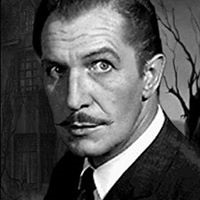What is socialist realism?
Socialist realism was an ideological doctrine, a literary method and a style of realistic art in the Soviet Union. Its purpose was to limit popular culture to a specific, highly regulated faction of creative expression that promoted Soviet ideals. The ultimate aim was to create what Lenin called "an entirely new type of human being": The New Soviet Man. Art, literature, and cinema was a way to instill party values on a massive scale. Stalin described the socialist realist artists as "engineers of souls".
Socialist realism's function was to show the ideal Soviet society. The present had to have been gloried, the future was supposed to be depicted as bright. Common images used in socialist realism were flowers, sunlight, the body, youth, flight, industry, and new technology. Tragedy and negativity were not permitted unless they were shown in a different time or place.
Socialist realism became state policy in 1934. At the First Congress of Soviet Writers Stalin's representative Andrei Zhdanov gave a speech strongly endorsing it as "the official style of Soviet culture". It was enforced ruthlessly in all spheres of artistic endeavor. Form and content were often limited, with erotic, religious, abstract, surrealist, and expressionist art being forbidden. Formal experiments, including internal dialogue, the stream of consciousness, nonsense, free-form association, and cut-up were also disallowed.
It was abandoned in the course of Mikhail Gorbachev's reforms.
More Info:
en.wikipedia.org








